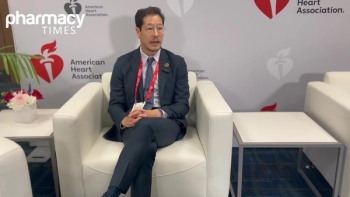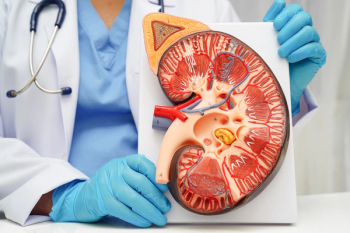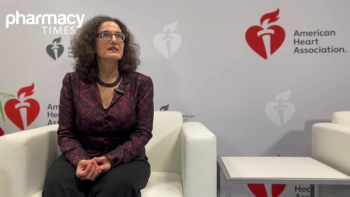
Coated Aspirin May Lead to False Appearance of Resistance
Researchers did not find a single instance of true aspirin resistance in a study including 400 participants, and suggest that slow absorption of enteric-coated aspirin may lead to the appearance of resistance.
Researchers did not find a single instance of true aspirin resistance in a study including 400 participants, and suggest that slow absorption of enteric-coated aspirin may lead to the appearance of resistance.
The widespread belief that many patients are resistant to aspirin seems to be mistaken, and apparent cases of resistance may be caused by coating on aspirin pills that delays absorption of the drug, according to the
Approximately a fifth of Americans are on low-dose aspirin therapy, which has been shown to provide significant secondary protection against heart attack and stroke. (Whether the therapy’s benefit as primary protection outweighs the risk of gastrointestinal bleeding has not been resolved.) As an explanation for some instances in which aspirin therapy fails, the concept that some patients are “resistant” to the drug has gained currency. Estimates of what portion of the population is “resistant” to aspirin have ranged from 5% to 20%.
The study included 400 healthy, non-smoking participants aged 18 and 55 years. In the first of 3 study phases, 40 participants (group 1) received immediate-release aspirin and had their response assessed 8 hours later; 210 participants (group 2) received enteric-coated aspirin and had their response assessed 8 hours later; and 150 participants (group 3) received enteric-coated aspirin and had their response assessed 4 hours later. Response to aspirin was measured using a blood test of arachidonic acid induced platelet aggregation and a urine test of serum TxB2 formation.
In Phase 1, all the participants in group 1 responded to immediate-release aspirin based on the blood test and all but 1 responded based on the urine test. Of those in group 2, 17% qualified as “non-responders” based on the blood test, and 24% qualified as “non-responders” based on the urine test. Of those in group 3, 49% qualified as “non-responders” based on the blood test, and 59% qualified as “non-responders” based on the urine test.
For the second phase of the study, 108 “non-responders” and 149 “responders” from Phase 1 repeated the test. This time, of the initial “non-responders,” just 6% of those from group 2 and 20% of those from group 3 remained “non-responders” based on the blood test and just 7% of group 2 and 26% of group 3 remained “non-responders” based on the urine test.
In the third phase of the study, 27 consistent “non-responders” and 25 consistent “responders” from the first 2 phases received 81 mg enteric-coated aspirin and 75 mg clopidogrel for 7 days each. (This phase was designed to mimic daily low-dose aspirin therapy and to test whether “resistance” extended to another platelet inhibitor as well as aspirin.) In Phase 3, just 1 of the “non-responders” failed to respond to the weeklong aspirin treatment. However, this participant’s platelets responded to aspirin ex vivo, and the participant also failed to respond to clopidogrel, suggesting that the participant’s failure to respond may have been due to nonadherence rather than “resistance.”
The researchers note that their study of 400 healthy individuals did not find a single instance of true aspirin resistance. They add that apparent “resistance” occurred only in participants who took enteric-coated aspirin as opposed to immediate-release aspirin and was observed more frequently when measurements of response were taken 4 hours after dosing as opposed to 8 hours after dosing. They hypothesize that delayed absorption of aspirin due to the coating—designed to prevent stomach irritation—was the cause of “pseudoresistance” in these participants.
"These studies question the value of coated, low-dose aspirin," said study co-author Garret FitzGerald, MD, in a press release. "This product adds cost to treatment, without any clear benefit. Indeed, it may lead to the false diagnosis of aspirin resistance and the failure to provide patients with an effective therapy.”
Newsletter
Stay informed on drug updates, treatment guidelines, and pharmacy practice trends—subscribe to Pharmacy Times for weekly clinical insights.
















































































































































































































